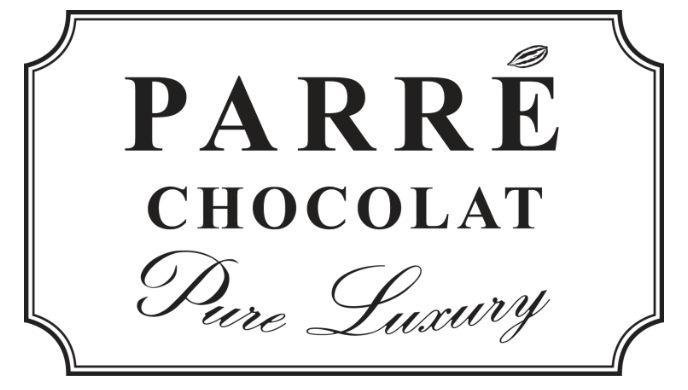
Staff Photographer from Washington Post: Salwan Georges
By Peter Whoriskey and Rachel Siegel on June 5, 2019
The majority of chocolate made in the world continues to have a serious problem.
This is a long story, we recommend it if you really want to understand the enormity of the problem.
“About two-thirds of the world’s cocoa supply comes from West Africa where, according to a 2015 U.S. Labor Department report, more than 2 million children were engaged in dangerous labor in cocoa-growing regions.” Many years ago the industry laid out a plan to address this problem.
“Since then, however, the chocolate industry also has scaled back its ambitions. While the original promise called for the eradication of child labor in West African cocoa fields and set a deadline for 2005, next year’s goal (now 2020)calls only for its reduction by 70 percent.”
“One reason is that nearly 20 years after pledging to eradicate child labor, chocolate companies still cannot identify the farms where all their cocoa comes from, let alone whether child labor was used in producing it. Mars,...can trace only 24 percent of its cocoa back to farms; Hershey, less than half; Nestlé can trace 49 percent of its global cocoa supply to farms.” Interestingly, chocolate companies such as these are not the only users of this cocoa. Many high end chocolate companies (including ones you probably think of first) are actually chocolatiers that buy their cocoa from a large processing company with these sourcing issues.
At Parré Chocolat we can trace all of our beans to the farms where they grew. In fact, we visit most of the farms and we work with the farmers, by donating to their communities and paying a premium price for our beans (more about this in another note about pricing). We applaud others such as our partner Uncommon Cacao, for being a leader in transparency long before our arrival. Also, other chocolate makers such as Dandelion have set a standard for chocolate companies to follow.
